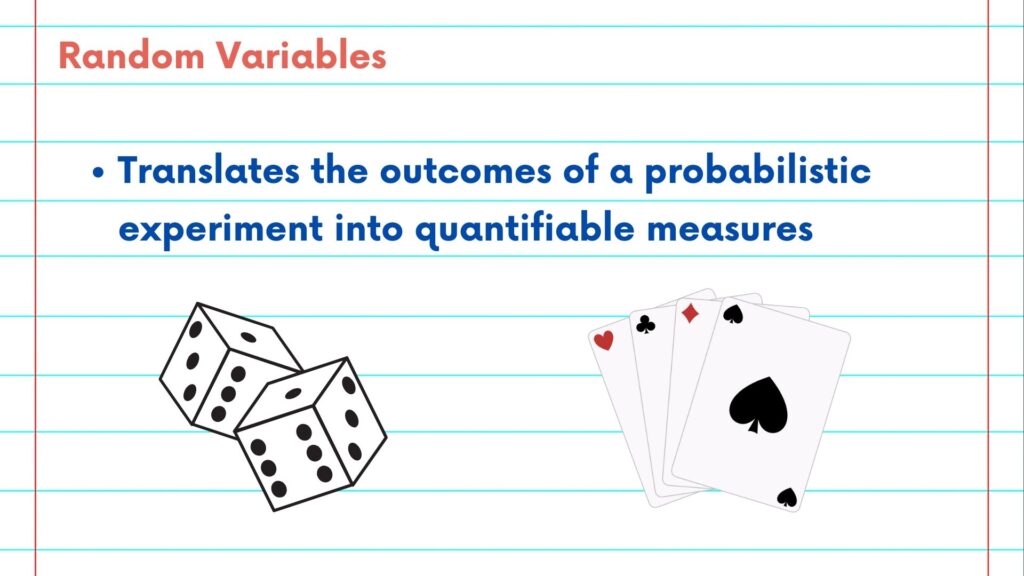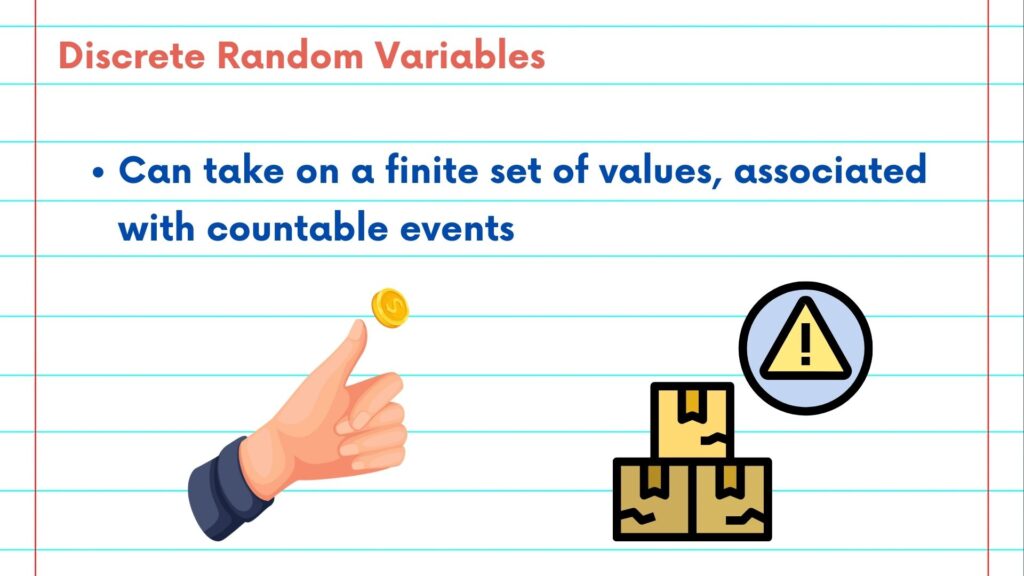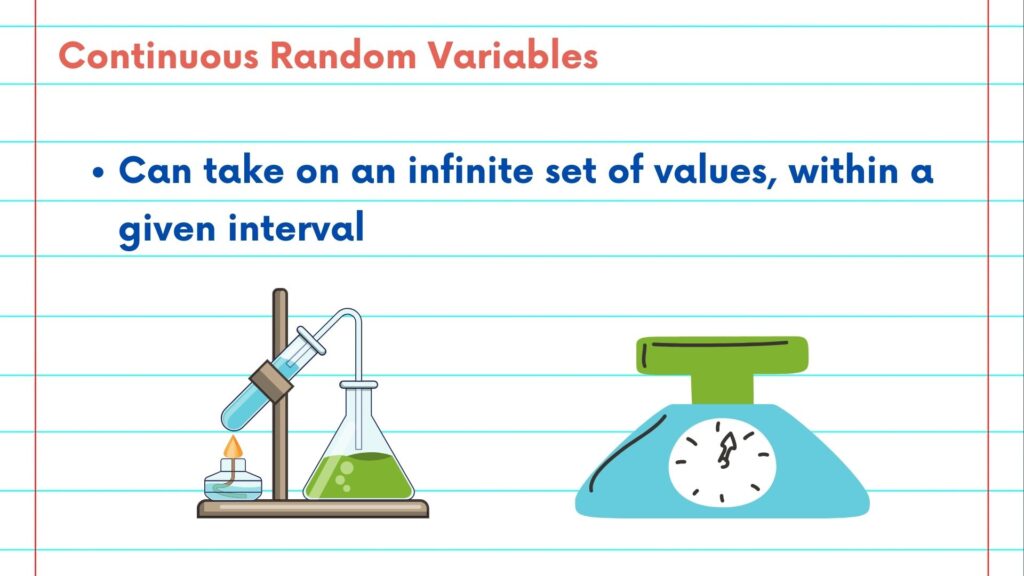This NSDC Data Science Flashcards series will teach you about probability, including random variables, probability density functions, cumulative distribution functions, and expected values. This installment of the NSDC Data Science Flashcards series was created and recorded by Stephanie Guo. You can find these videos on the NEBDHub Youtube channel.
Hello everyone, my name is Stephanie and I am the Program Manager for the National Student Data Corps. Welcome to the NSDC Data Science Flashcard Video Series. This series will break down data science topics in simple terms that you can leverage throughout your data science journey. Today, we’ll be talking about probability.
In today’s segment, we’re diving into the world of random variables and their types. To navigate the intricate universe of data and statistics, understanding random variables is pivotal. A random variable is essentially a function that assigns a numerical value to each possible outcome of a random experiment or event.

For starters, there are two main types of random variables: Discrete and Continuous. Discrete random variables have specific, distinct values. Think of rolling a die — you can get a 1, 2, 3, 4, 5, or 6, but nothing in between.

On the flip side, continuous random variables can take on any value within a given range. Imagine measuring the height of people in a room. The height could be any value within a given range, say, between 4 feet to 7 feet.

Understanding these fundamental differences is paramount to proper data analysis and interpretation.
Please follow along with the rest of the NSDC Data Science Flashcard series to learn more about math and probability.
